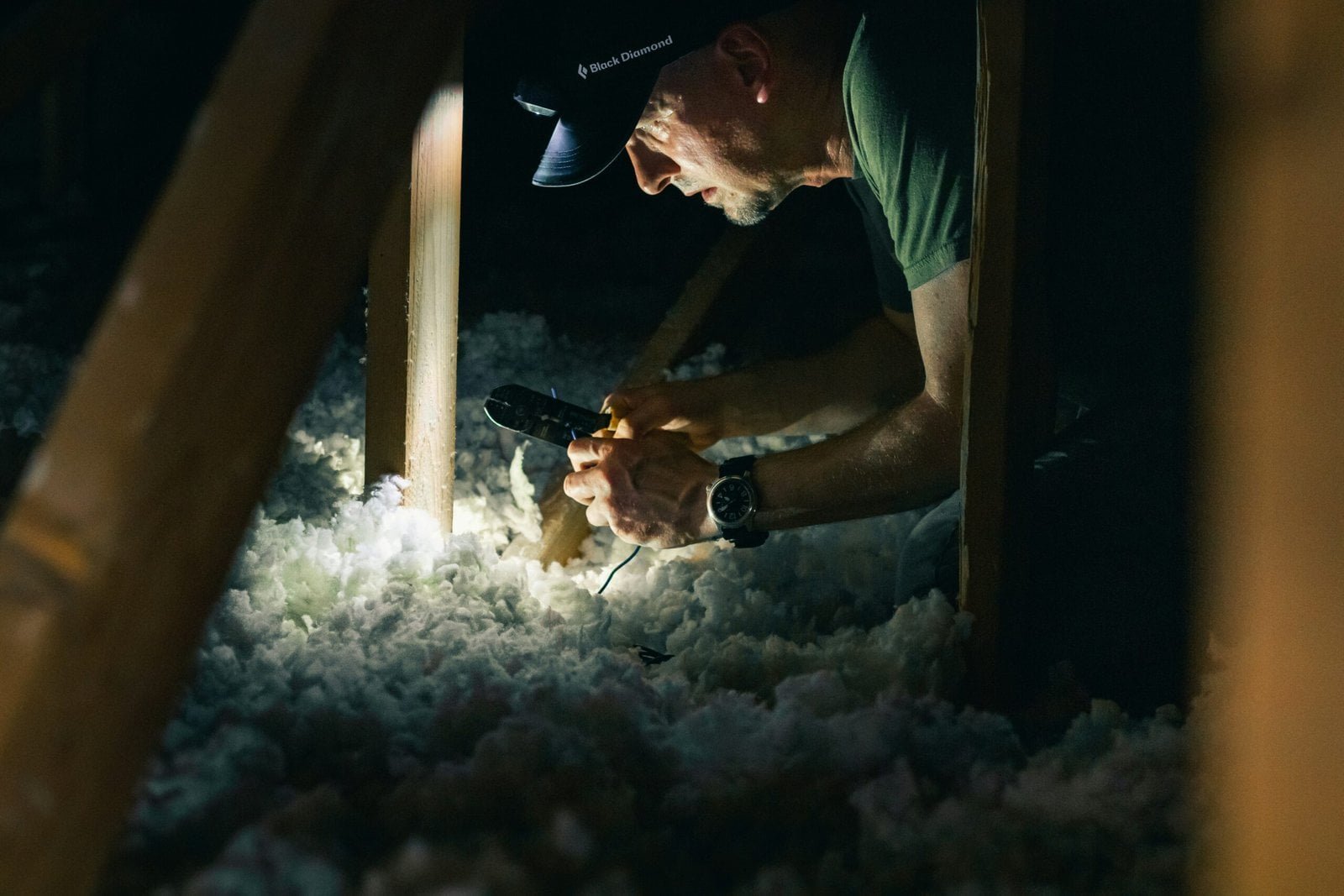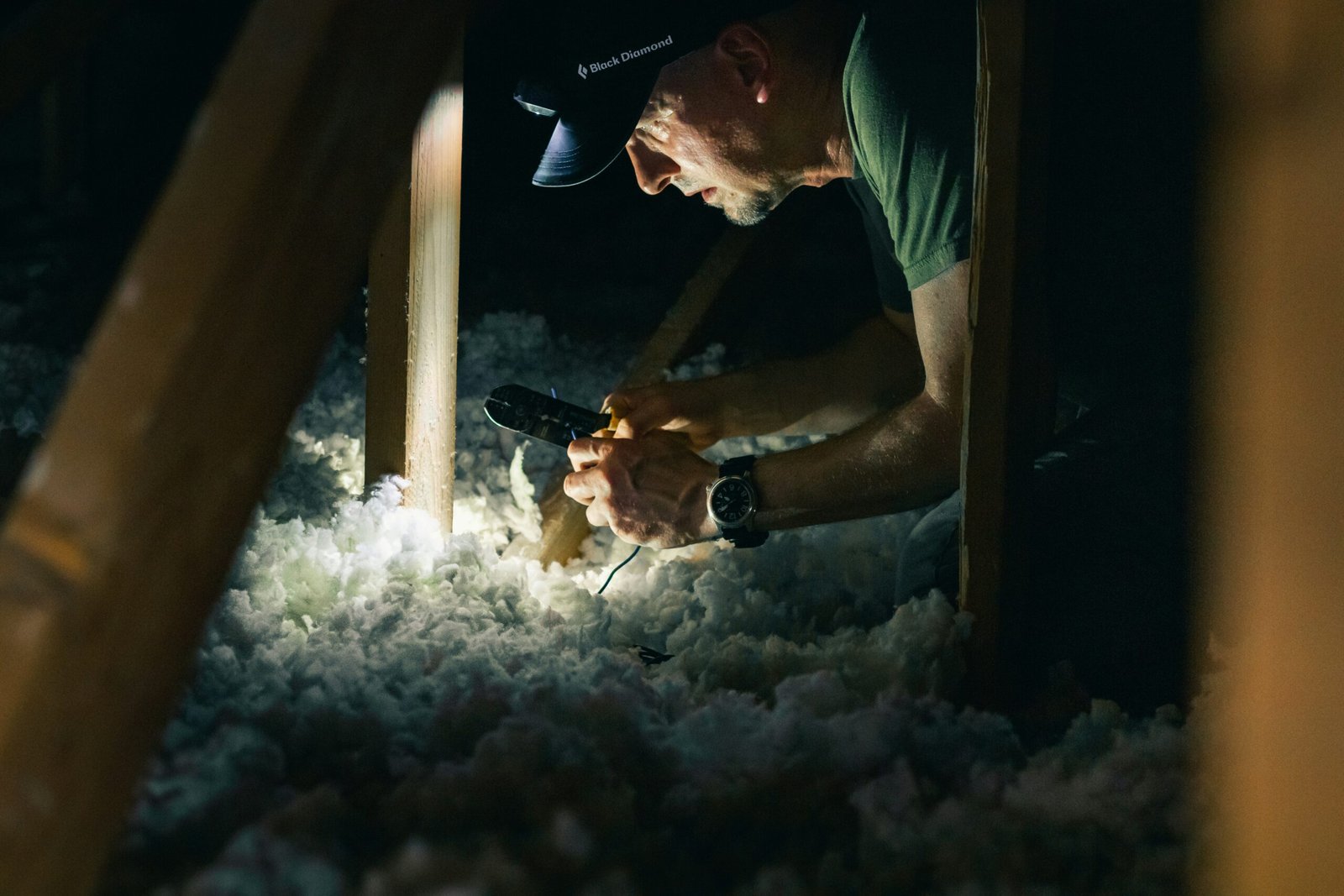
Introduction to Backer Rods and Their Uses
Backer rods are essential components in construction and sealing applications. They are flexible foam rods used to fill joints, gaps, and cracks in various building materials. By serving as a backing for sealants, backer rods ensure that the sealant is applied at the correct depth, enhancing its effectiveness and preventing material wastage. These rods come in different types, primarily categorized into open-cell and closed-cell varieties, each serving specific purposes based on their structural properties.
Open-cell backer rods are composed of a permeable foam structure that allows air and moisture to pass through. This type is particularly useful in applications where breathability is required, such as in areas prone to moisture accumulation. Open-cell backer rods are often used in interior applications and in situations where the sealant needs to bond with the substrate more effectively. On the other hand, closed-cell backer rods are made of a denser foam that resists air and water infiltration. This makes them ideal for exterior applications, providing a robust barrier against environmental elements.
The materials used in backer rods vary, with common options including EVA foam, rubber, and PVC. EVA (ethylene-vinyl acetate) foam offers a combination of flexibility and durability, making it suitable for a wide range of applications. Rubber backer rods provide excellent elasticity and resistance to harsh weather conditions, while PVC backer rods are known for their durability and resistance to chemicals.
In construction, backer rods play a critical role in sealing joints in concrete, masonry, and other building materials. They are also used in window and door installations, as well as in expansion joints in roads and bridges. By acting as a bond breaker, backer rods allow the sealant to adhere only to the sides of the joint, ensuring optimal performance and longevity. The correct use of backer rods not only enhances the sealant’s effectiveness but also contributes to the overall sustainability of construction projects by reducing the need for excess materials.
Materials and Manufacturing Processes of Backer Rods
Backer rods, widely utilized in construction for their role in joint filling, are predominantly made from materials such as polyethylene, polyurethane, and polypropylene. Each of these materials offers unique characteristics that contribute to the functionality and performance of backer rods in various applications.
Polyethylene, a versatile thermoplastic polymer, is commonly used due to its durability and resistance to moisture. Its production involves the polymerization of ethylene, a process that can be energy-intensive and reliant on fossil fuels, thereby contributing to greenhouse gas emissions. Polyurethane, known for its flexibility and excellent sealing properties, is synthesized from polyols and diisocyanates. The chemical reactions involved in its production can release volatile organic compounds (VOCs) and other pollutants. Polypropylene, another thermoplastic polymer, is favored for its robustness and resistance to chemicals. The production of polypropylene involves polymerizing propylene, a process that, while efficient, also has environmental ramifications due to resource extraction and energy use.
The manufacturing of backer rods typically involves extrusion and foaming techniques. During extrusion, the raw materials are melted and forced through a die to create long, continuous shapes, which are then cooled and cut to desired lengths. This process requires significant energy input, mainly from electricity and heat, contributing to the overall carbon footprint. Foaming techniques are employed to introduce a cellular structure within the backer rods, enhancing their compressibility and insulation properties. Foaming agents, often chemical in nature, can pose environmental risks if not managed properly.
Recent advancements in the manufacturing processes of backer rods aim to mitigate their environmental impact. Efforts include the development of biodegradable and recyclable materials, the implementation of energy-efficient technologies, and the reduction of harmful emissions during production. For instance, some manufacturers are exploring the use of EVA (ethylene-vinyl acetate) foam, which offers similar properties to traditional materials but with a potentially lower environmental footprint. Innovations in rubber and PVC alternatives also show promise in creating more sustainable backer rods, emphasizing the industry’s commitment to eco-friendly practices.
Environmental Impacts and Sustainability Challenges
The lifecycle of backer rods, including those made from EVA foam, rubber, and PVC, presents several environmental impacts. One primary concern is the carbon footprint associated with their production. Manufacturing these materials typically involves energy-intensive processes, resulting in significant greenhouse gas emissions. For instance, the extraction and processing of raw materials like petroleum for EVA and PVC contribute to their overall carbon footprint.
Another critical environmental impact is the potential for pollution. During the production of backer rods, various chemicals and by-products can be released into the environment. These pollutants can contaminate air, water, and soil, posing risks to both human health and ecosystems. Additionally, improper disposal of backer rods can lead to environmental degradation. Traditional backer rods, especially those not designed for biodegradability, contribute to the growing problem of plastic waste. Once discarded, they can persist in the environment for decades, breaking down into microplastics that further pollute natural habitats.
Recycling and repurposing backer rods present substantial challenges. The diverse range of materials used in their production, such as EVA foam, rubber, and PVC, complicates recycling efforts. Each material requires specific recycling processes, which are not always readily available or economically viable. Consequently, many backer rods end up in landfills, where they occupy space and contribute to environmental strain.
Sustainability challenges are further exacerbated by the reliance on non-renewable resources. Traditional backer rods are predominantly derived from fossil fuels, a finite resource with significant environmental costs. This reliance underscores the need for more sustainable alternatives. Innovations in eco-friendly materials, such as biodegradable or recycled backer rods, offer potential solutions. These alternatives aim to reduce the environmental footprint by utilizing renewable resources and improving recyclability.
In conclusion, addressing the environmental impacts and sustainability challenges of backer rods requires a multifaceted approach. By prioritizing the development and adoption of sustainable materials, the construction industry can mitigate the ecological consequences and pave the way for a more sustainable future.
Innovations and Future Trends in Sustainable Backer Rods
As the construction industry increasingly prioritizes sustainability, significant strides have been made in the development of eco-friendly backer rods. One of the most noteworthy innovations is the introduction of biodegradable materials for backer rod production. These materials break down naturally over time, reducing the environmental impact associated with traditional backer rods. Furthermore, manufacturers are experimenting with recycled content, incorporating post-consumer and post-industrial waste into new backer rods. This approach not only diverts waste from landfills but also conserves virgin resources.
Technological advancements are also playing a crucial role in enhancing the sustainability of backer rods. For instance, emerging technologies enable the creation of backer rods using EVA foam, which is known for its durability and recyclability. EVA (ethylene-vinyl acetate) provides an excellent alternative to conventional materials, offering similar performance characteristics with a reduced environmental footprint. Another promising development is the use of rubber and PVC in the production of backer rods, which can be recycled more efficiently than other materials, thus facilitating a circular economy.
In parallel, industry efforts are underway to improve the recyclability and lifecycle management of backer rods. Initiatives aimed at collecting and recycling backer rods post-use are gaining traction, supported by advancements in recycling technology. These efforts are crucial for minimizing waste and promoting the reuse of materials within the industry. Additionally, product design is increasingly incorporating features that simplify the recycling process, such as the use of mono-material compositions and easily separable components.
Looking ahead, the future of sustainable backer rods appears promising, with ongoing research focused on developing new materials and refining manufacturing processes. Regulatory frameworks are expected to play a pivotal role in driving these advancements. Governments and industry bodies are likely to implement stricter guidelines and standards, encouraging the adoption of sustainable practices. By fostering innovation and supporting eco-friendly initiatives, these regulations will undoubtedly contribute to a more sustainable construction industry.

